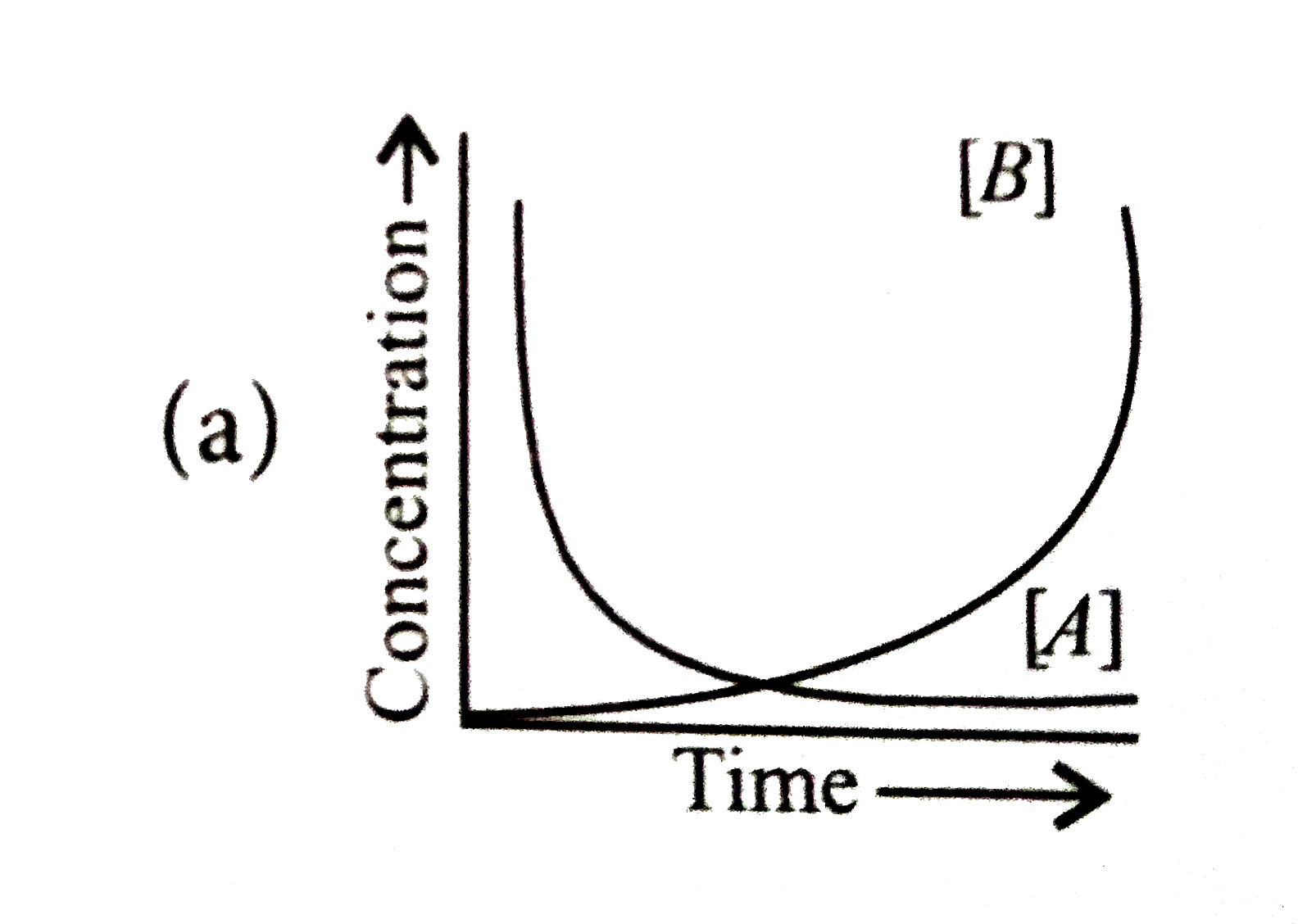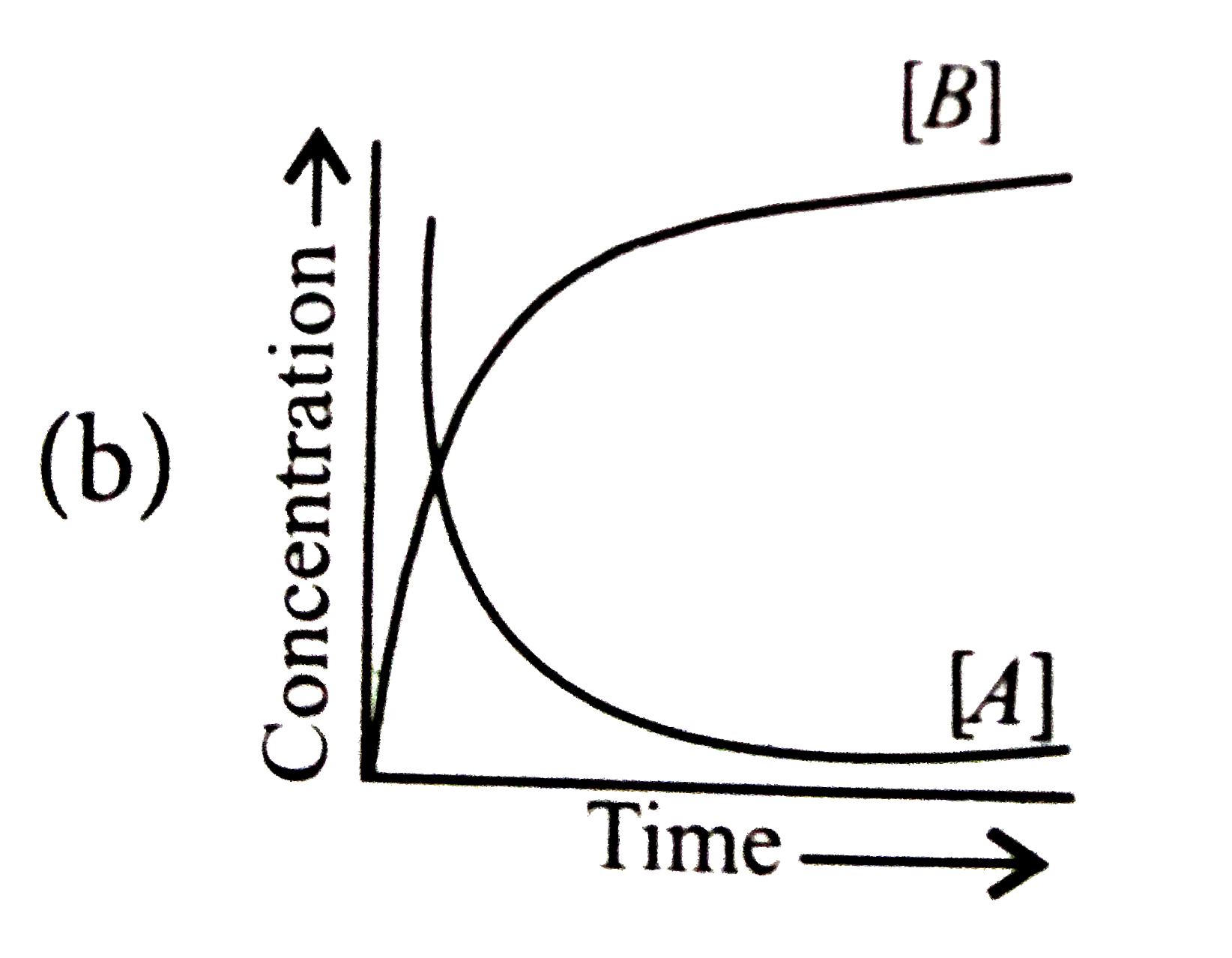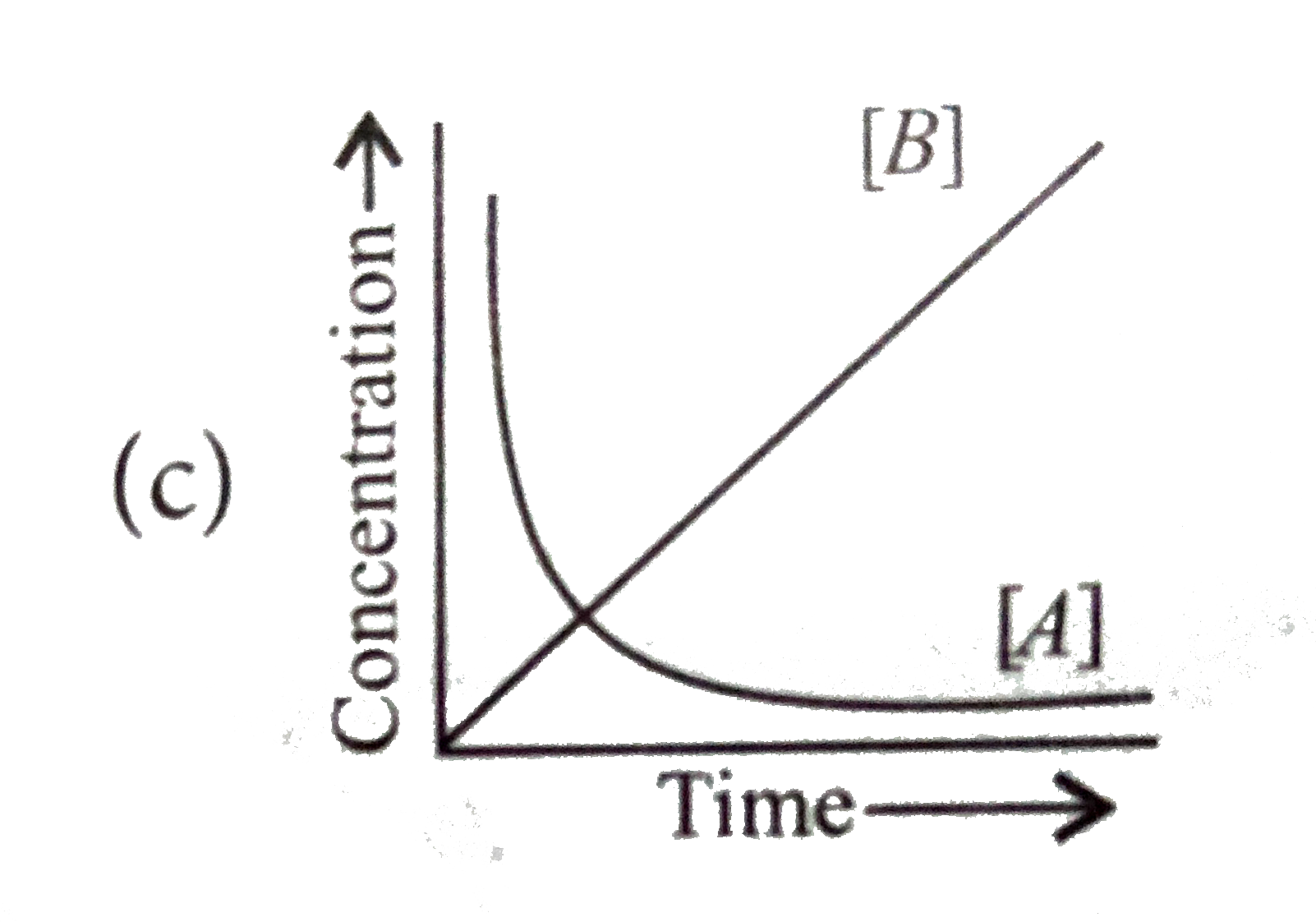Which of these Eltonian pyramids are correctly described ?
Pyramid of numbers - may be erect or inverted , Pyramid of biomass - may be erect or inverted , Pyramid of energy - may be erect or inverted , Pyramid of energy - may be erect or inverted
Pyramid of numbers - always erect, pyramid of biomass - may be erect or inverted , pyramid of energy - may be erect or inverted
Pyramid of numbers - may be erect or inverted , Pyramid of biomass - may be erect, Pyramid of energy - may be erect or inverted
Pyramid of numbers - may be erect or inverted , Pyramid of biomass - may be erect, Pyramid of energy - always erect
The correct Answer is:D
To determine which of the Eltonian pyramids are correctly described, we need to analyze the characteristics of the three types of pyramids: pyramid of numbers, pyramid of biomass, and pyramid of energy.
1. Pyramid of Numbers:
- This pyramid represents the number of individual organisms at each trophic level.
- It can be either erect or inverted depending on the ecosystem. For example, in a forest, there may be many insects (producers) compared to a few birds (primary consumers), leading to an inverted pyramid.
- Conclusion: The statement "Pyramid of numbers may be erect or inverted" is correct.
2. Pyramid of Biomass:
- This pyramid represents the total biomass (mass of living organisms) at each trophic level.
- Similar to the pyramid of numbers, the pyramid of biomass can also be erect or inverted. In some aquatic ecosystems, for instance, the biomass of primary producers (like phytoplankton) can be less than that of primary consumers (like zooplankton).
- Conclusion: The statement "Pyramid of biomass may be erect or inverted" is correct.
3. Pyramid of Energy:
- This pyramid represents the flow of energy through each trophic level.
- The pyramid of energy is always erect because energy decreases as it moves up the trophic levels (due to energy loss at each level). It cannot be inverted.
- Conclusion: The statement "Pyramid of energy may be erect or inverted" is incorrect. It is always erect.
Summary of Each Option:
- Option 1: Pyramid of numbers may be erect or inverted (correct), pyramid of biomass may be erect or inverted (correct), pyramid of energy may be erect or inverted (incorrect).
- Option 2: Pyramid of numbers always erect (incorrect), pyramid of biomass may be erect or inverted (correct), pyramid of energy may be erect or inverted (incorrect).
- Option 3: Pyramid of numbers may be erect or inverted (correct), pyramid of biomass may be erect or inverted (correct), pyramid of energy may be erect or inverted (incorrect).
- Option 4: Pyramid of numbers may be erect or inverted (correct), pyramid of biomass may be erect (correct), pyramid of energy always erect (correct).
Final Answer:
The only option that correctly describes the Eltonian pyramids is Option 4.
- This pyramid represents the number of individual organisms at each trophic level.
- It can be either erect or inverted depending on the ecosystem. For example, in a forest, there may be many insects (producers) compared to a few birds (primary consumers), leading to an inverted pyramid.
- Conclusion: The statement "Pyramid of numbers may be erect or inverted" is correct.
- This pyramid represents the total biomass (mass of living organisms) at each trophic level.
- Similar to the pyramid of numbers, the pyramid of biomass can also be erect or inverted. In some aquatic ecosystems, for instance, the biomass of primary producers (like phytoplankton) can be less than that of primary consumers (like zooplankton).
- Conclusion: The statement "Pyramid of biomass may be erect or inverted" is correct.
- This pyramid represents the flow of energy through each trophic level.
- The pyramid of energy is always erect because energy decreases as it moves up the trophic levels (due to energy loss at each level). It cannot be inverted.
- Conclusion: The statement "Pyramid of energy may be erect or inverted" is incorrect. It is always erect.
- Option 1: Pyramid of numbers may be erect or inverted (correct), pyramid of biomass may be erect or inverted (correct), pyramid of energy may be erect or inverted (incorrect).
- Option 2: Pyramid of numbers always erect (incorrect), pyramid of biomass may be erect or inverted (correct), pyramid of energy may be erect or inverted (incorrect).
- Option 3: Pyramid of numbers may be erect or inverted (correct), pyramid of biomass may be erect or inverted (correct), pyramid of energy may be erect or inverted (incorrect).
- Option 4: Pyramid of numbers may be erect or inverted (correct), pyramid of biomass may be erect (correct), pyramid of energy always erect (correct).
The only option that correctly describes the Eltonian pyramids is Option 4.
Similar Questions
Knowledge Check
The light stricking the retina generates nerve impulse.Which of the following options correctly describes the path of light ?
APhotosensory cells → Bipolar neurons → Ganglionic cells → Sensory nervesBSensory nerves → Bipolar neurons → Ganglionic cells → Photosensory cellsCSensory nerves → Ganglionic cells → Bipolar neurons → Photosensory cellsDPhotosensory cells → Ganglionic cells → Bipolar neurons → Sensory nervesConsider the reaction A→B. The concentration of both the reactants and the products varies exponentially with time. Which of the following figure correctly describes the change in concentration of reactants and products with time ?
A B
B C
C D
D
Which of the following statements correctly describes the competitive release ?
View SolutionWhich one of the following Figures correctly describes the process of electrolytic refining?
View SolutionWhich of the following options correctly describes the reagents , products and reaction conditions in the manufacturing of nitric acid using ostwald's process?
View Solutionfor a diatomic ideal gas in a closed system , which of the following plots does not correctly describe the relation between various thermodynamic quantities ?
View Solutionfor a diatomic ideal gas in a closed system , which of the following plots does not correctly describe the relation between various thermodynamic quantities ?
View SolutionConsider the reaction A→B. The concentration of both the reactants and the products varies exponentially with time. Which of the following figure correctly describes the change in concentration of reactants and products with time ?
View Solution
